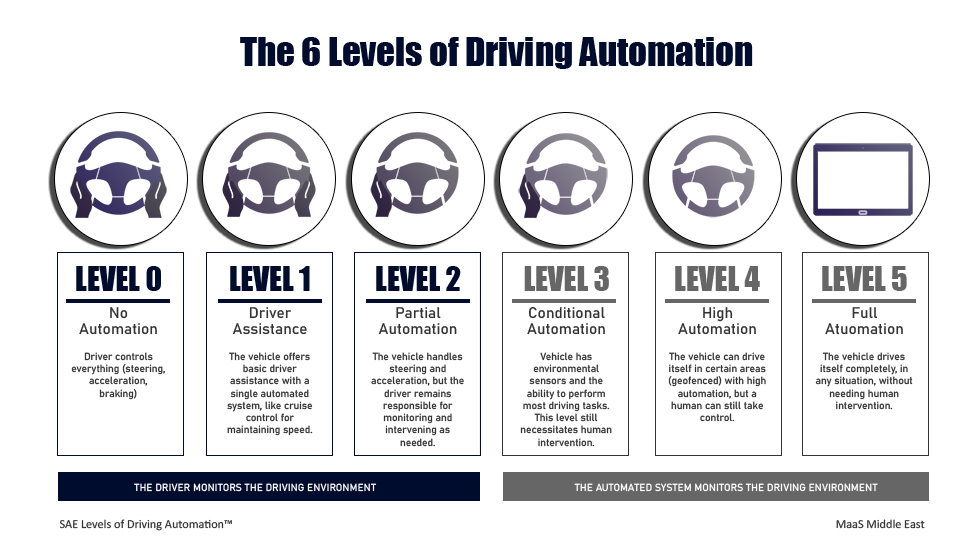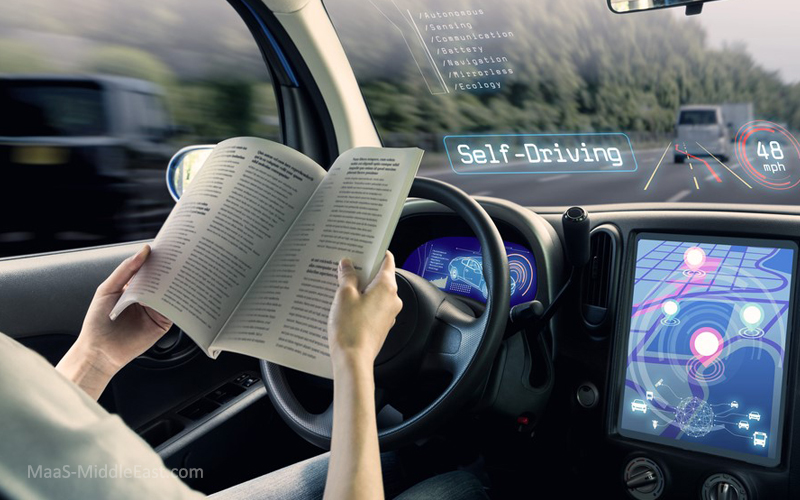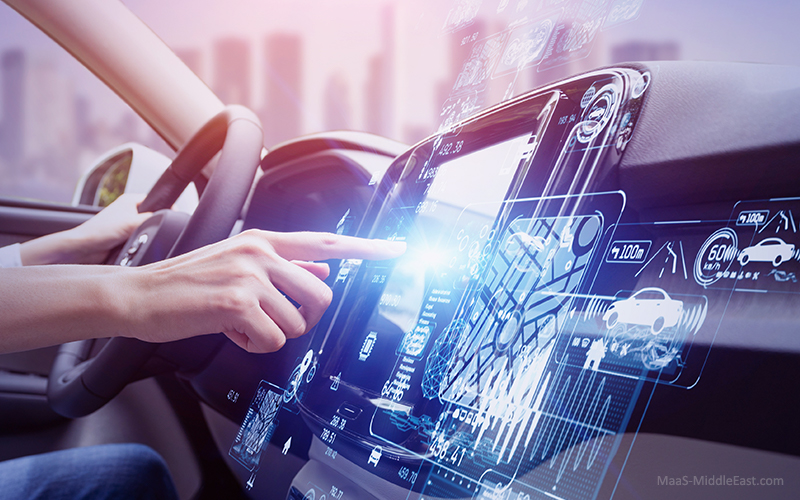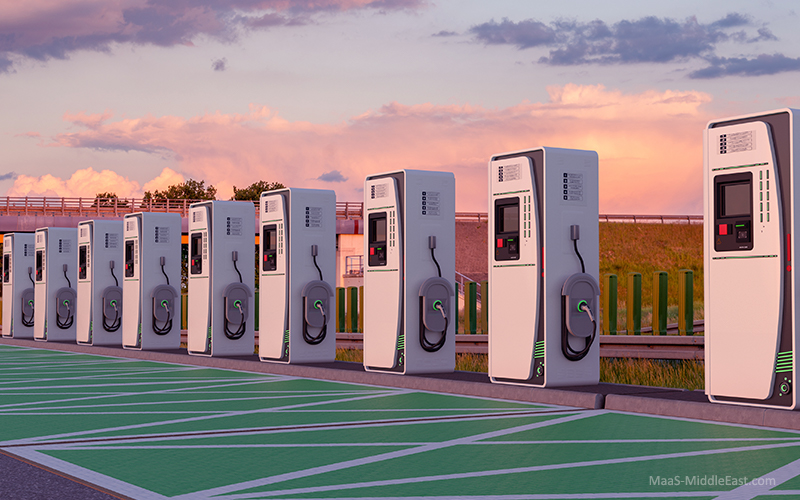Driving automation refers to the extent to which a car can perform driving tasks without human input. As the levels progress, the car takes on more and more responsibility, while the driver involvement correspondingly decreases. It’s important to remember that even in the most advanced levels, these are still developing technologies, and driver awareness remains crucial. In this article we will explain the 6 levels of driving automation steering the future of mobility.
The 6 Levels of Autonomous Driving
The Society of Automotive Engineers (SAE International) defines six Levels of Driving Automation. Since its inception in 2014, the SAE Levels of Driving Automation™ or SAE J3016™ has been the industry-accepted standard for autonomous driving.

Level 0: No Automation
This is the most basic level, where you have complete control over the vehicle. There are no driver assistance features, and all steering, braking, and acceleration are handled by the driver. Most cars on the road today fall under this category.
Level 1: Driver Assistance
Level 1 introduces some basic driver assistance features that can help make driving easier and safer. These features might include:
- Adaptive Cruise Control (ACC): Maintains a set speed and distance from the car in front.
- Lane Departure Warning (LDW): Alerts the driver if the car starts to drift out of its lane.
- Automatic Emergency Braking (AEB): Applies brakes automatically to avoid a collision.
However, Level 1 systems still require the driver to be constantly engaged and ready to take over control at any moment.
Level 2: Partial Automation
Level 2 represents a more significant step towards automation. These systems can combine features from Level 1 and work together to provide more control over the vehicle. Examples include:
- Traffic Jam Assist: Manages steering, braking, and acceleration in slow-moving traffic.
- Lane Centering Assist: Helps keep the car centered within its lane.
Important Note: Level 2 features are not self-driving! The driver must remain attentive, keep their hands on the wheel, and be prepared to intervene if necessary.
Level 3: Conditional Automation
Level 3 introduces conditional automation, where the car can handle some driving tasks under specific conditions. The car might be able to:
- Steer, accelerate, and brake on highways
- Change lanes under certain circumstances
However, driver engagement is still essential. The driver must be ready to take back control of the vehicle when prompted by the system or when conditions change.
Level 4: High Automation
Level 4 signifies a significant leap towards self-driving cars. The vehicle can handle most driving tasks in well-defined operating conditions, such as on highways or designated roadways. The driver may not need to be constantly monitoring the system, but they should still be ready to take over if necessary.
Level 5: Full Automation
The last of the levels of driving automation represents the ultimate goal – a fully self-driving car. The vehicle can handle all driving tasks in all conditions, without any human input. Passengers would essentially become occupants, able to relax or work while the car navigates them to their destination.





